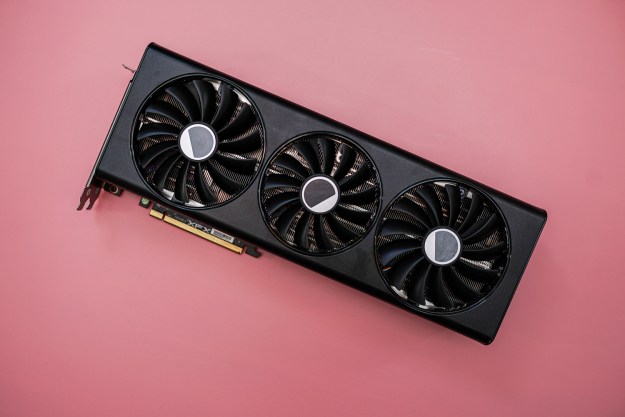Flip-flops might be great summer footwear, but they’re also responsible for a shockingly large amount of the plastic waste that winds up filling landfills, polluting seashores, and floating in our oceans. Scientists at the University of California San Diego have come up with a more environmentally friendly alternative: Biodegradable flip-flops made of algae.
Stephen Mayfield, professor of biology at UC San Diego, told Digital Trends that roughly three billion pairs of flip-flops are manufactured every year. Astonishingly, these make up to 25% of ocean plastic pollution. “We wanted shoes that would biodegrade if they ended up in the ocean,” Mayfield said. “These will also biodegrade on land as well.”
Before you start imagining the unpleasant feeling of slipping around in slimy sandals made of compacted aquatic plant life, there’s a bit more to it than that. The UC San Diego solution involves the manufacture of formulated polyurethane foam made from algae oil that’s nonetheless capable of meeting the commercial specification for flip-flop footbeds.

Right now, the next-gen flip-flops are composed of only 52% biocontent. However, the researchers are confident that they will get to 100% in the foreseeable future. But even at just the current biocontent ratio, the flip-flops are capable of biodegrading. In tests, the customized foam shoes were immersed in regular compost and soil, where they degraded after just 16 weeks.
“Several bacteria and fungi grew abundantly on the polyurethane and we were able to isolate microorganisms from compost and soil capable of growth with polyurethane as the sole carbon source,” the researchers wrote in an abstract describing their work. “Scanning Electron Microscopy and Imaging Mass Spectrometry were used to visualize biodegradation activity. Enzymatic hydrolysis confirmed that breakdown products were reproductions of the original monomers. These results demonstrate that it is possible to create polyurethane products that have an end-of-life biodegradation option.”
It’s not just flip-flops that the new environmentally friendly material could be used for, either. “Our polyurethane can be used for foam cushions in chair seats or car seats, padding in luggage straps, yoga mats, foam insulation, and even car tires,” Mayfield said.
A paper describing the work was recently published in the journal Bioresource Technology Reports.
Editors' Recommendations
- These scientists have a wildly futuristic plan to harvest energy from black holes
- DT Debate: Why do we all have a drawer full of old chargers and other cords?


